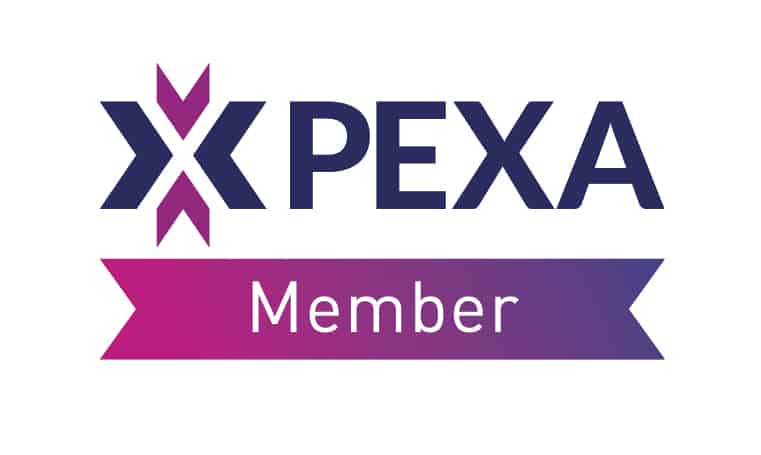
When information is needed for the purposes of legal proceedings, a party may issue a subpoena requiring a third party to provide the court with the information.
Subpoenas are filed electronically with the Federal Circuit and Family Court of Australia through the Commonwealth Courts Portal
A subpoena may be:-
- to give evidence;
- for production of documents; or
- to give evidence and for the production of documents.
How many subpoenas can I issue?
Parties in Family Law matters may issue up to five subpoenas. You must seek the court’s leave to issue more than five subpoenas.
What can be subpoenaed?
Information relating to any person relevant to the proceedings can be subpoenaed. In Family Law matters subpoena are often issued for school records, child protection records, medical records, and criminal histories.
It is not always possible to get information by subpoena about a party to court proceedings. Courts disapprove of subpoenas with broad parameters aimed at unearthing something a party thinks will help their case as being a ‘fishing expedition’.
A subpoena must state the ambit of the documentation that is being requested. For example, a party seeking medical records relating to domestic violence assaults should specify the type of records and date range they require rather than a person’s entire medical history.
It is good practice to list all the categories of documents you want included to avoid missing anything relevant. In this example this may be ‘presentations, case notes, medications prescribed, treatment records, referrals and reports.’
Who is a subpoena addressed to?
A subpoena must identify the person it is addressed to either by office or by name. For example, if a subpoena is issued for hospital records from Nepean Hospital, the subpoena would be addressed to ‘The proper officer, Nepean Hospital…’
The court may refuse to issue a subpoena that does not identify the specific person responsible for dealing with it.
Filing fee
A filing fee is payable for each subpoena filed. A party under financial hardship can submit evidence of this (such as a concession card or Centrelink pension) and request an exemption from paying the fee.
Serving a subpoena
A subpoena must be served on the person who is required to produce the information and on all parties to the proceedings.
If you issue a subpoena requiring a person to attend court to give evidence, it must be personally served at least seven days before they are required to give evidence.
If the subpoena requires a person to produce information, the subpoena must be served at least ten days before the material is to be produced.
What is conduct money?
Conduct money is paid to the person named in a subpoena to cover costs incurred by them in complying with it.
When a subpoena requires a person to attend court to give evidence, conduct money must cover their costs of travelling from their home to the court plus a reasonable allowance for accommodation and meals while they are at court.
When a person is subpoenaed to produce information, conduct money must be sufficient to cover the cost of identifying, copying and collating the material. Police in different states and different government departments require different amounts of conduct money. It’s a good idea to check how much conduct money the organisation requires. To expedite the subpoena, it’s a good idea to provide a cheque when serving the subpoena on the named person. Most organisations will start identifying material only after they have received conduct money.
Objection
Provided a subpoena is filed and served properly and conduct money is paid, the named person must comply with the subpoena. However, the person may object to producing a document or to giving evidence if they consider the evidence requested is irrelevant, is too broad, or is covered by privilege.
Inspecting documents produced
Once material has been produced in response to a subpoena to produce documents, the party who filed the subpoena may file a Notice of Request to Inspect the material with the court. Once the court grants leave to inspect the subpoenaed material, each party may make an appointment to attend court and view the material.
Attending court
A person attending court to give oral evidence in response to a subpoena will be subjected to examination-in-chief and cross-examination.

Where to now?
Contact us for information, advice, or assistance regarding subpoenas in a Family Law matter.




